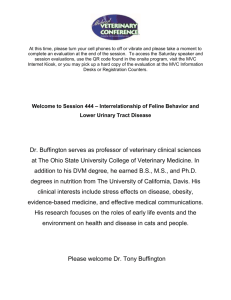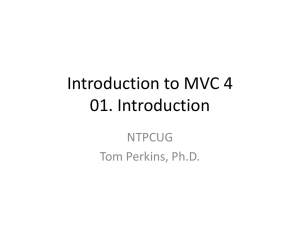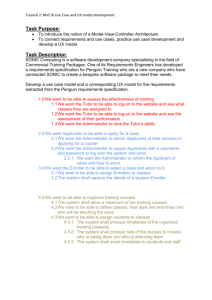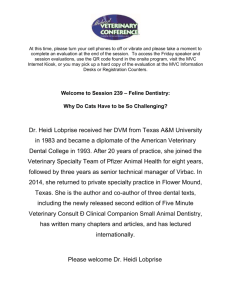Utah University Study
advertisement
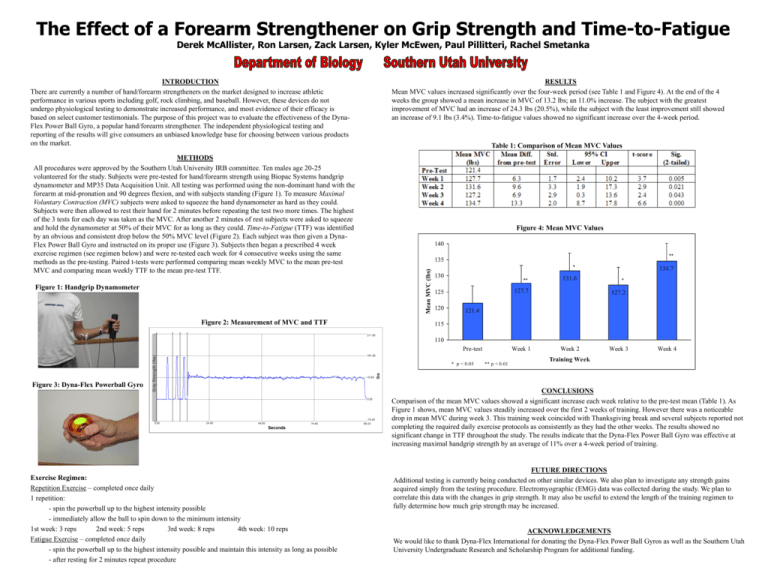
The Effect of a Forearm Strengthener on Grip Strength and Time-to-Fatigue Derek McAllister, Ron Larsen, Zack Larsen, Kyler McEwen, Paul Pillitteri, Rachel Smetanka METHODS All procedures were approved by the Southern Utah University IRB committee. Ten males age 20-25 volunteered for the study. Subjects were pre-tested for hand/forearm strength using Biopac Systems handgrip dynamometer and MP35 Data Acquisition Unit. All testing was performed using the non-dominant hand with the forearm at mid-pronation and 90 degrees flexion, and with subjects standing (Figure 1). To measure Maximal Voluntary Contraction (MVC) subjects were asked to squeeze the hand dynamometer as hard as they could. Subjects were then allowed to rest their hand for 2 minutes before repeating the test two more times. The highest of the 3 tests for each day was taken as the MVC. After another 2 minutes of rest subjects were asked to squeeze and hold the dynamometer at 50% of their MVC for as long as they could. Time-to-Fatigue (TTF) was identified by an obvious and consistent drop below the 50% MVC level (Figure 2). Each subject was then given a DynaFlex Power Ball Gyro and instructed on its proper use (Figure 3). Subjects then began a prescribed 4 week exercise regimen (see regimen below) and were re-tested each week for 4 consecutive weeks using the same methods as the pre-testing. Paired t-tests were performed comparing mean weekly MVC to the mean pre-test MVC and comparing mean weekly TTF to the mean pre-test TTF. Figure 1: Handgrip Dynamometer Figure 2: Measurement of MVC and TTF RESULTS Mean MVC values increased significantly over the four-week period (see Table 1 and Figure 4). At the end of the 4 weeks the group showed a mean increase in MVC of 13.2 lbs; an 11.0% increase. The subject with the greatest improvement of MVC had an increase of 24.3 lbs (20.5%), while the subject with the least improvement still showed an increase of 9.1 lbs (3.4%). Time-to-fatigue values showed no significant increase over the 4-week period. Table 1: Comparison of Mean MVC Values Figure 4: Mean MVC Values 140 ** 135 Mean MVC (lbs) INTRODUCTION There are currently a number of hand/forearm strengtheners on the market designed to increase athletic performance in various sports including golf, rock climbing, and baseball. However, these devices do not undergo physiological testing to demonstrate increased performance, and most evidence of their efficacy is based on select customer testimonials. The purpose of this project was to evaluate the effectiveness of the DynaFlex Power Ball Gyro, a popular hand/forearm strengthener. The independent physiological testing and reporting of the results will give consumers an unbiased knowledge base for choosing between various products on the market. * 130 ** 127.7 125 120 131.6 134.7 * 127.2 121.4 115 110 Pre-test * p < 0.05 Figure 3: Dyna-Flex Powerball Gyro Exercise Regimen: Repetition Exercise – completed once daily 1 repetition: - spin the powerball up to the highest intensity possible - immediately allow the ball to spin down to the minimum intensity 1st week: 3 reps 2nd week: 5 reps 3rd week: 8 reps 4th week: 10 reps Fatigue Exercise – completed once daily - spin the powerball up to the highest intensity possible and maintain this intensity as long as possible - after resting for 2 minutes repeat procedure Week 1 ** p < 0.01 Week 2 Week 3 Week 4 Training Week CONCLUSIONS Comparison of the mean MVC values showed a significant increase each week relative to the pre-test mean (Table 1). As Figure 1 shows, mean MVC values steadily increased over the first 2 weeks of training. However there was a noticeable drop in mean MVC during week 3. This training week coincided with Thanksgiving break and several subjects reported not completing the required daily exercise protocols as consistently as they had the other weeks. The results showed no significant change in TTF throughout the study. The results indicate that the Dyna-Flex Power Ball Gyro was effective at increasing maximal handgrip strength by an average of 11% over a 4-week period of training. FUTURE DIRECTIONS Additional testing is currently being conducted on other similar devices. We also plan to investigate any strength gains acquired simply from the testing procedure. Electromyographic (EMG) data was collected during the study. We plan to correlate this data with the changes in grip strength. It may also be useful to extend the length of the training regimen to fully determine how much grip strength may be increased. ACKNOWLEDGEMENTS We would like to thank Dyna-Flex International for donating the Dyna-Flex Power Ball Gyros as well as the Southern Utah University Undergraduate Research and Scholarship Program for additional funding.
